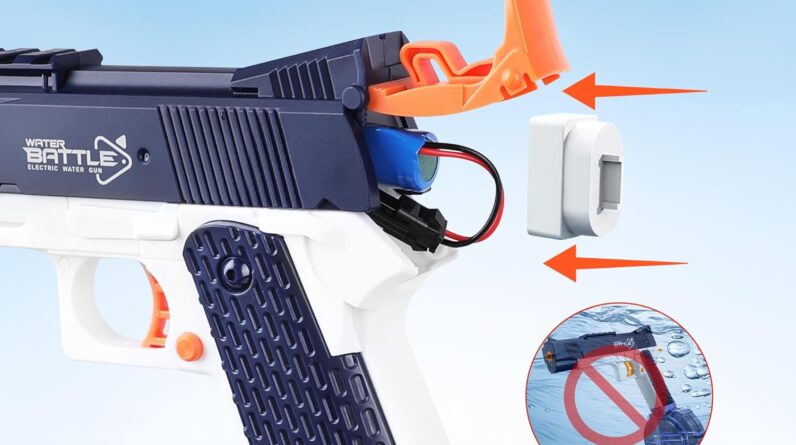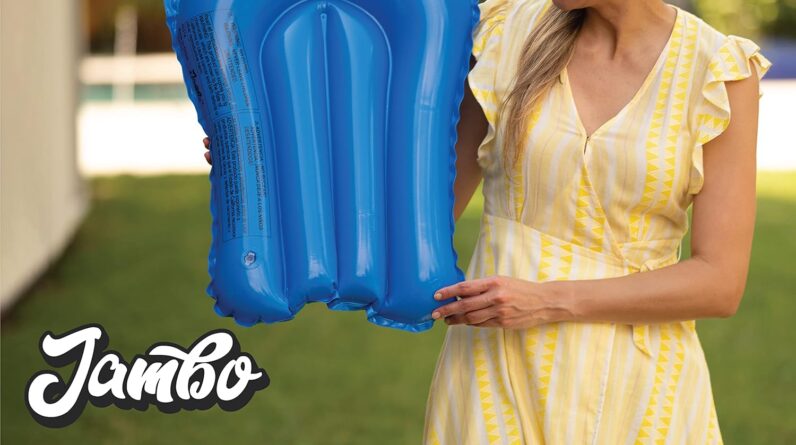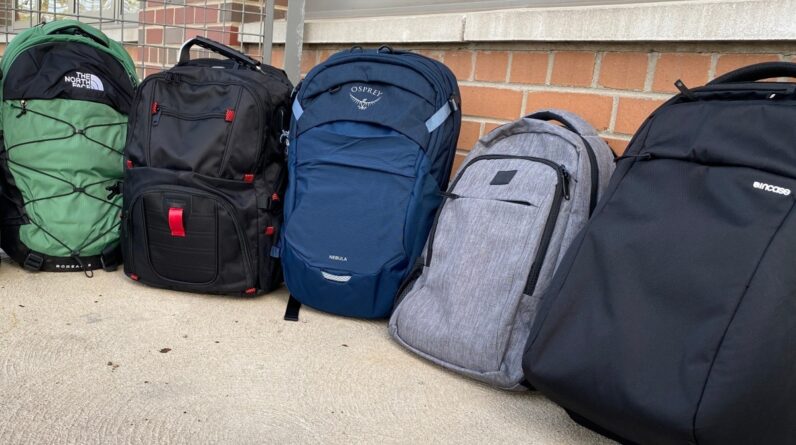
Are you on a quest to find the perfect backpack? Look no further! In the pursuit of achieving the ideal combination of lightweight and durability, the key lies in finding the right balance that suits your specific needs. Whether you’re a seasoned traveler, an outdoor adventurer, or a student in search of the ultimate companion for your academic journey, this article will guide you towards making the right choice. Say goodbye to heavy burdens and flimsy designs – it’s time to discover the backpack that perfectly blends practicality and resilience.
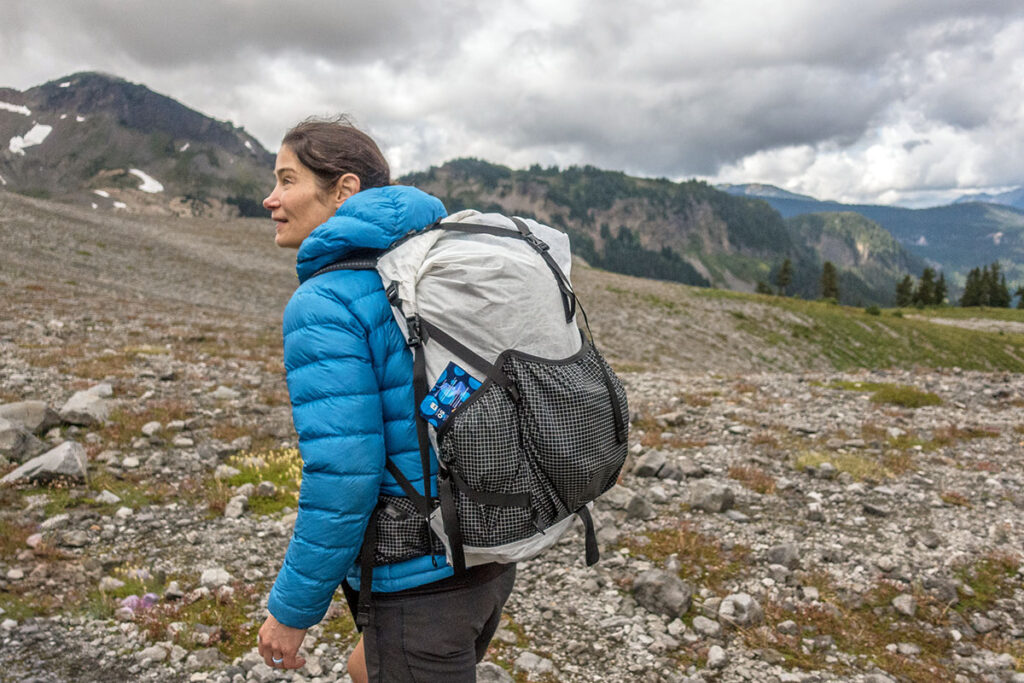
This image is property of www.switchbacktravel.com.
Factors to Consider
When searching for the perfect backpack, there are several factors you should consider to ensure you find the ideal combination of lightweight and durability. These factors include the purpose of the backpack, the duration of use, the weight capacity, and the quality of materials.
Purpose of the Backpack
First and foremost, it is important to consider the purpose for which you will be using the backpack. Are you planning on using it for outdoor adventures such as hiking or camping? Or are you looking for a backpack to use for daily commuting or traveling? Determining the primary purpose of the backpack will help you narrow down your options and choose a backpack that is specifically designed to meet your needs.
Duration of Use
The duration of use is another crucial factor to consider. Will you be using the backpack for short day trips or for longer excursions? If you plan on using the backpack for extended periods of time, you will want to ensure it is durable enough to withstand the wear and tear that comes with frequent use. On the other hand, if you only plan on using the backpack occasionally, you may prioritize lightweight options over durability.
Weight Capacity
The weight capacity of the backpack is an important consideration, especially if you plan on carrying heavy items or gear. You will want to choose a backpack that can comfortably accommodate the weight you anticipate carrying. Keep in mind that a backpack with a higher weight capacity may be heavier itself, so it’s crucial to find the right balance between the two.
Quality of Materials
Lastly, the quality of materials used in the construction of the backpack plays a significant role in both its lightweight and durability. Look for backpacks made from high-quality materials that are lightweight yet strong. Materials such as nylon, polyester, and Cordura are often used in backpack construction due to their durability and light weight.
Lightweight Backpacks
Lightweight backpacks have become increasingly popular among outdoor enthusiasts and travelers due to their numerous advantages. These backpacks are designed to reduce unnecessary weight while still providing sufficient storage space and functionality.
Advantages of Lightweight Backpacks
One of the primary advantages of lightweight backpacks is the reduced strain on your body. Carrying a heavy backpack can lead to fatigue, muscle strain, and overall discomfort. By opting for a lightweight backpack, you can minimize these issues and enjoy a more comfortable experience, whether you’re hiking steep trails or navigating crowded airports.
In addition to the physical benefits, lightweight backpacks also offer greater flexibility and maneuverability. You’ll have an easier time navigating tight spaces, squeezing through crowded areas, and maintaining your balance on uneven terrain. Furthermore, lightweight backpacks allow you to pack more efficiently by focusing on essential items and eliminating unnecessary weight, ultimately enhancing your overall mobility.
Materials Used for Lightweight Backpacks
To achieve the desired lightweight characteristic, backpack manufacturers utilize advanced materials that provide both strength and lightness. Common materials used for lightweight backpacks include ripstop nylon, Cuben Fiber, and Dyneema Composite Fabric. These materials are specifically chosen for their impressive durability-to-weight ratio, ensuring your backpack remains sturdy and reliable despite its lightweight construction.
Features of Lightweight Backpacks
Although lightweight backpacks prioritize weight reduction, they still offer a range of features designed to enhance functionality and convenience. Many lightweight backpacks feature adjustable and ventilated shoulder straps, ergonomic hip belts for weight distribution, and an array of pockets and compartments for organized storage. Some models even come with external attachment points for trekking poles, ice axes, or hydration systems, catering to specific outdoor activities.

This image is property of u7q2x7c9.stackpathcdn.com.
Durable Backpacks
While lightweight backpacks are beneficial in many situations, durability is often a top priority, especially if you expect your backpack to endure harsh conditions or heavy use. Durable backpacks are built to withstand the test of time and provide peace of mind knowing that your belongings are well-protected.
Advantages of Durable Backpacks
The primary advantage of durable backpacks lies in their ability to withstand wear and tear. Whether you’re embarking on rugged outdoor adventures or navigating bustling urban environments, a durable backpack ensures that your belongings remain secure and protected. These backpacks are designed to endure rough handling, extreme weather conditions, and various environmental factors, offering reliable functionality in any situation.
Additionally, durable backpacks often feature reinforced seams, heavy-duty zippers, and strong stitching, ensuring that the backpack can handle heavy loads without compromising its structural integrity. This level of durability allows you to confidently carry heavier gear, including laptops, cameras, and other valuable items.
Materials Used for Durable Backpacks
To achieve the desired durability, backpack manufacturers utilize robust materials that can withstand the demands of various activities. Common materials used for durable backpacks include durable nylon fabrics such as 500D Cordura and 1000D Ballistic nylon. These materials excel in abrasion resistance, tear resistance, and overall durability, ensuring your backpack remains intact even in the toughest conditions.
Features of Durable Backpacks
Durable backpacks often feature additional reinforcement in key areas prone to stress and wear, such as the bottom panel, handle, and shoulder straps. They may also include water-resistant or waterproof coatings to protect your belongings from moisture and rain. Additionally, durable backpacks typically offer ample storage space, multiple compartments, and various organizational features to accommodate your specific needs.
Researching Backpack Brands
Once you have determined your specific requirements, it is essential to research different backpack brands to find the most suitable options for your needs. Two key aspects to consider when evaluating backpack brands are customer reviews and ratings, as well as brand reputation and history.
Customer Reviews and Ratings
Customer reviews and ratings offer valuable insights into the quality, durability, and performance of backpacks. Before making a purchase, take the time to read reviews from other customers who have already used the backpack you are considering. Their experiences and opinions can provide valuable information about the pros and cons of each backpack, helping you make an informed decision.
Pay attention to both positive and negative reviews, as they can give you a well-rounded understanding of the backpack’s strengths and weaknesses. Look for common themes or issues mentioned in multiple reviews, and consider how these factors align with your own priorities and requirements.
Brand Reputation and History
Brand reputation and history play a significant role in determining the reliability and trustworthiness of a backpack brand. Research the brand’s background, including their years of experience in the industry and any notable achievements or milestones. A brand with a long-standing reputation for producing high-quality backpacks is likely to provide better customer support, warranties, and overall satisfaction.
Consider feedback from experienced hikers, travel enthusiasts, or outdoor professionals who have firsthand experience with different backpack brands. Their insights can help you gauge the overall quality and reliability of each brand, allowing you to make an educated decision.
Warranty and Return Policies
In addition to customer reviews and brand reputation, it is vital to consider the warranty and return policies offered by different backpack brands. A solid warranty can provide peace of mind, as it ensures that the manufacturer will stand behind their product and offer support in case of defects or failures. Look for brands that offer generous warranty periods and hassle-free return policies, as these indicate a higher level of confidence in their products.
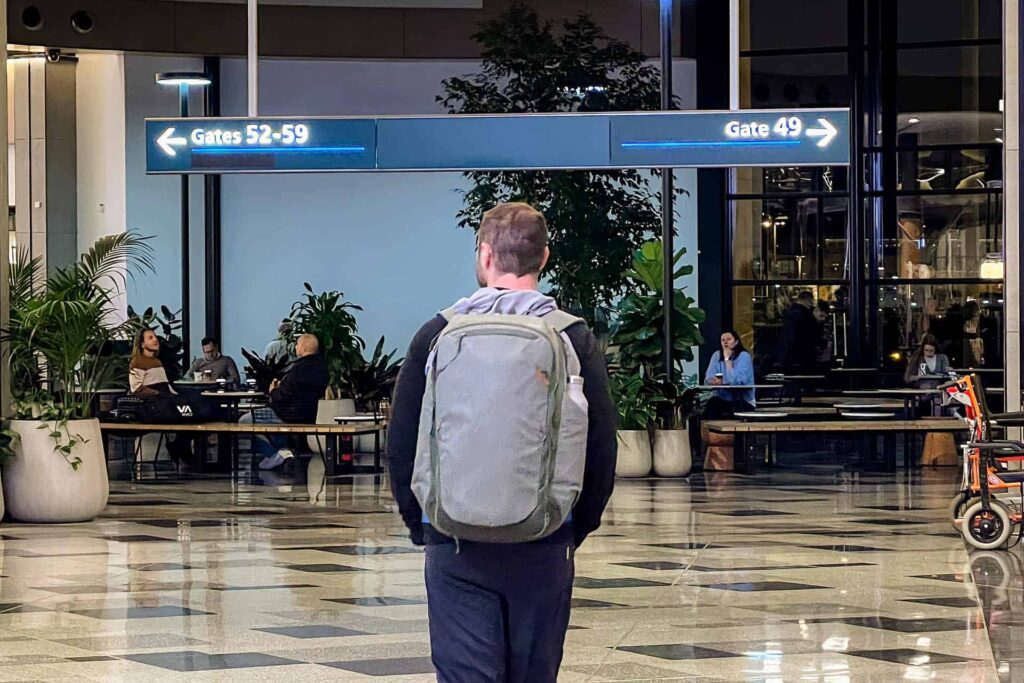
This image is property of www.nomadasaurus.com.
Exploring Different Designs
Backpacks come in various designs, each catering to specific needs and preferences. By exploring different designs, you can find a backpack that suits your style, functionality requirements, and personal taste.
Single-compartment Backpacks
Single-compartment backpacks, as the name suggests, feature one large main compartment for storage. These backpacks are often simple in design and are ideal for individuals who prefer a minimalist approach or those who want maximum versatility in organizing their belongings. With a single-compartment design, you have the freedom to customize the organization of your backpack according to your specific needs.
Single-compartment backpacks are particularly popular among hikers and travelers who prioritize quick and easy access to their gear. These backpacks typically have a large zippered opening, allowing you to pack and unpack efficiently. They are also well-suited for outdoor activities that require specialized equipment or bulky items, as the absence of additional compartments provides more space for larger gear.
Multi-compartment Backpacks
Multi-compartment backpacks offer a high level of organization with multiple compartments and pockets. These backpacks are perfect for individuals who prefer to keep their belongings separate and easily accessible. The multiple compartments allow for efficient organization, enabling you to find items quickly without rummaging through the entire backpack.
With designated compartments for laptops, tablets, water bottles, and smaller accessories, these backpacks are often popular among students, professionals, and frequent travelers. The added organization reduces the risk of damage to delicate electronics and makes it easier to keep your belongings tidy and in order.
Roll-top Backpacks
Roll-top backpacks have gained popularity in recent years due to their versatility and weatherproof design. These backpacks feature a closure system that involves rolling the top of the backpack and securing it with buckles or straps. This design not only provides a secure closure but also offers additional capacity for varying load sizes.
Roll-top backpacks are highly water-resistant or even waterproof, making them an excellent choice for outdoor activities in wet environments or urban commuting during rainy seasons. The roll-top closure system ensures that your belongings stay dry even in heavy rain, providing peace of mind and protecting your gear from water damage.
Testing the Backpack
Once you have narrowed down your options based on your specific requirements and preferences, it is crucial to test the backpack to ensure it meets your expectations. Testing the backpack allows you to evaluate its load capacity, water resistance, and strap comfort.
Load Capacity Test
To test the load capacity of the backpack, simulate the weight you anticipate carrying on your adventures. Fill the backpack with items that are similar in weight and size to what you plan to carry regularly. Walk around, jump, and move in various positions to determine if the backpack distributes the weight evenly and if the straps and hip belt provide proper support and comfort.
Pay attention to any discomfort, strain, or pressure points that may arise during the test. A backpack that offers proper load distribution and comfort is crucial for long hikes, travels, or commuting, ensuring that you can carry your belongings without unnecessary strain on your body.
Water Resistance Test
To evaluate the water resistance of the backpack, use a hose or sprinkle water on the backpack to simulate rain or accidental exposure to moisture. Check for any signs of water penetration, such as wet spots or dampness inside the backpack. A quality backpack should repel water effectively, protecting your belongings from getting wet and ensuring they remain dry and undamaged even in rainy conditions.
Strap Comfort Test
Lastly, test the strap comfort of the backpack by wearing it for an extended period. Note any discomfort or rubbing that may occur on your shoulders, back, or hips. Adjustable and padded shoulder straps and a supportive hip belt are essential features that contribute to the overall comfort of the backpack. Make sure the backpack fits properly and that you can adjust the straps to your liking.
A comfortable backpack is essential for long-term use, as it reduces the risk of discomfort, fatigue, and muscle strain. By testing the strap comfort, you can ensure that the backpack will provide the necessary support and comfort throughout your adventures.
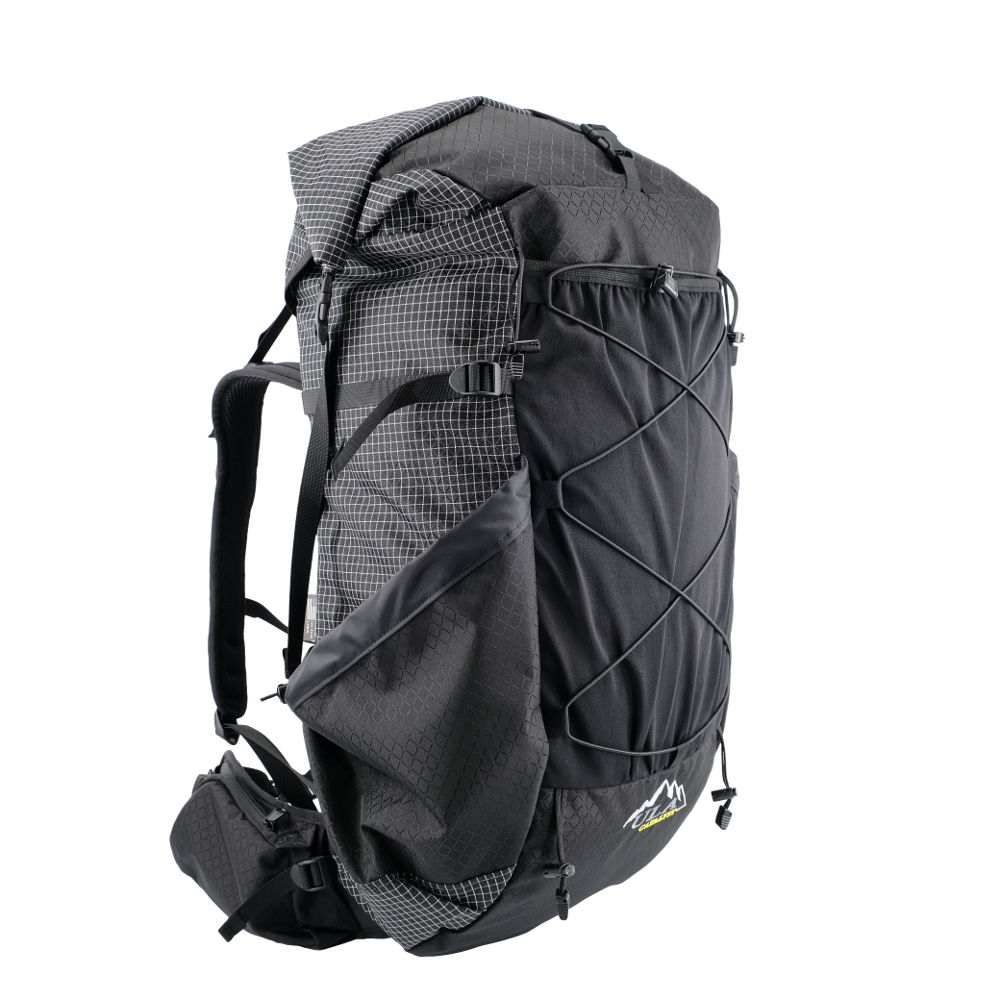
This image is property of www.ula-equipment.com.
Comparing Weight and Durability
When evaluating backpack options, it is important to strike the right balance between weight and durability. The weight-to-durability ratio, weight vs. durability trade-offs, and finding the right balance are all crucial considerations.
Weight-to-Durability Ratio
The weight-to-durability ratio refers to the relationship between the weight of the backpack and its overall durability and strength. Finding a backpack with an optimal weight-to-durability ratio ensures that you are not compromising on sturdiness while still enjoying the benefits of a lightweight design.
Consider the activities you will be participating in and the level of durability required for each. While it may be tempting to choose the lightest backpack available, keep in mind that sacrificing too much durability may result in a backpack that cannot withstand the demands of your adventures. Strive to find a balance that meets your specific requirements without adding unnecessary weight.
Weight vs. Durability Trade-offs
Weight and durability often have trade-offs, and finding the right balance is crucial. Lighter backpacks may prioritize weight reduction, but they may sacrifice some durability to achieve this. Conversely, more durable backpacks often weigh more due to the use of heavier materials and reinforced construction.
Consider the type of activities you will be engaging in and the level of durability required. If you are participating in high-impact activities or carrying heavy items, you may need a more durable backpack that can withstand the added strain. On the other hand, if weight is a top priority and you won’t be subjecting the backpack to extreme conditions, a lighter backpack may be more suitable.
Finding the Right Balance
Finding the right balance between weight and durability ultimately depends on your specific needs and priorities. Take into account the purpose of the backpack, the duration of use, and the weight capacity required. By carefully evaluating these factors, you can find a backpack that strikes the ideal balance between lightweight design and durability, ensuring it meets your needs in various scenarios.
Considerations for Specific Activities
Different activities call for different types of backpacks. Depending on your specific needs, you may require a backpack designed for hiking and outdoor adventures, business and commuting, or traveling and backpacking.
Hiking and Outdoor Adventures
When embarking on hiking and outdoor adventures, it is essential to consider weight, comfort, and functionality. Look for a backpack that provides adequate storage for outdoor essentials such as water bottles, a first aid kit, navigation tools, and extra clothing layers. Additionally, opt for a backpack with ventilation features, adjustable straps, and a supportive hip belt to ensure comfort during long hikes or treks.
Consider a backpack with external attachment points for gear like trekking poles or ice axes, as these can be crucial for certain outdoor activities. Water resistance is also important, as unexpected weather conditions can arise during outdoor adventures. Prioritize backpacks with water-resistant or waterproof coatings to protect your gear and belongings from moisture.
Business and Commuting
In a business or commuting setting, durability, organization, and comfort are key considerations. Look for a backpack with a dedicated laptop compartment that provides ample protection for your electronics. Additional compartments or pockets for documents, chargers, and other business essentials can help keep your belongings organized and easily accessible.
Comfort is important when using a backpack for daily commuting or business trips. Opt for a backpack with padded shoulder straps, a supportive back panel, and a breathable design to prevent discomfort, especially during long commutes or while traveling.
Traveling and Backpacking
Traveling and backpacking often require a balance between functionality, durability, and weight. Look for a backpack with ample storage space, multiple compartments, and organizational features to accommodate your travel essentials. Consider features like lockable zippers, hidden pockets, and compression straps to enhance security and maximize packing efficiency.
For backpackers, a lightweight backpack that can withstand the demands of extended trips is essential. Look for backpacks specifically designed for backpacking, which often prioritize weight reduction while still offering durability. Adjustable suspension systems, load-bearing hip belts, and comfortable harnesses are key features to consider when looking for a backpack tailored to backpacking adventures.

This image is property of www.switchbacktravel.com.
Cost and Budgeting
Cost is an important consideration when purchasing a backpack, and finding a balance between quality and budget is crucial. Consider the price range of backpacks, the long-term investment, and finding value for money.
Price Range of Backpacks
The price range for backpacks can vary significantly, depending on the brand, features, and quality of materials. Before setting a budget, determine your specific requirements and prioritize the features that are most important to you. This will help guide your decision and enable you to focus on backpacks within your desired price range.
Research various brands and models within your budget to ensure that you are getting the best value for your money. Price should be considered alongside other factors, such as durability, comfort, and functionality, to ensure you are making a well-informed decision.
Long-Term Investment
When purchasing a backpack, consider it as a long-term investment rather than a disposable item. A high-quality backpack, although potentially more expensive initially, can provide long-lasting durability and functionality. Investing in a durable backpack that can withstand years of use can save you money in the long run, as you won’t need to replace it as frequently.
Take into account the warranty offered by the manufacturer, as a longer warranty often indicates confidence in the backpack’s quality and can provide added peace of mind. Consider the cost per year of use, rather than solely focusing on the initial price, to determine the true value of the backpack.
Finding Value for Money
Finding value for money involves considering the overall quality, durability, and features of the backpack in relation to its price. Look for backpacks that offer a balance between price and performance, ensuring that you are getting the most bang for your buck.
Carefully evaluate the features and benefits of each backpack within your budget. Consider the quality of materials, construction, and the overall reputation of the brand. By conducting thorough research and comparing multiple options, you can find a backpack that offers excellent value for your investment.
Maintenance and Care
To maximize the lifespan of your backpack and ensure it continues to perform at its best, regular maintenance and care are essential. Follow these guidelines to keep your backpack in optimal condition.
Cleaning and Washing Instructions
Proper cleaning and washing are important to remove dirt, stains, and odors from your backpack. Follow the manufacturer’s instructions for cleaning and washing, as different materials and designs may require specific care.
Before cleaning, empty the backpack and remove any removable parts such as hip belts or frames. Use a mild detergent or cleaning solution and a soft brush or sponge to gently clean the exterior, paying extra attention to soiled areas. Avoid using harsh chemicals or abrasive scrub brushes, as they can damage the fabric or coating.
After cleaning, rinse the backpack thoroughly to remove any remaining soap or detergent. Hang the backpack to air dry in a well-ventilated area, avoiding direct sunlight or heat sources that may cause damage or fading. Once completely dry, reassemble any removable parts and prepare the backpack for future use.
Repairing Wear and Tear
Over time, your backpack may develop wear and tear, such as frayed stitching or small holes. Promptly addressing these issues can prevent further damage and extend the lifespan of your backpack.
For minor repairs, such as loose threads or small holes, use a needle and thread that matches the color of the backpack. Carefully restitch the affected area, ensuring the repair is secure and blends in with the surrounding fabric. For more significant repairs or structural issues, consider reaching out to the manufacturer or a professional repair service to ensure a proper and lasting fix.
Responsible Use and Storage
Responsible use and storage play a vital role in maintaining the condition of your backpack. Avoid overloading the backpack beyond its weight capacity, as this can strain the seams and zippers, potentially leading to damage or failure. Be mindful of sharp objects or surfaces that could cause tears or punctures, and take precautions to protect your backpack from unnecessary risks.
When not in use, store your backpack in a clean, dry, and well-ventilated area. Avoid storing it in direct sunlight or extreme temperature conditions, as this can cause the materials to deteriorate or fade. Consider using a backpack storage bag or cover to further protect it from dust, dirt, and potential damage.
By following these guidelines, you can ensure that your backpack remains in excellent condition, allowing you to enjoy its functionality, comfort, and durability for years to come.
In conclusion, finding the perfect balance between lightweight and durable backpacks requires careful consideration of various factors. By understanding the purpose of the backpack, the duration of use, the weight capacity, and the quality of materials, you can narrow down your options and choose a backpack that best suits your needs. Evaluating the advantages, materials, and features of lightweight and durable backpacks can further guide your decision-making process.
Researching backpack brands, considering customer reviews and ratings, brand reputation and history, and warranty and return policies are important steps to ensure you are choosing a reliable and reputable brand. Exploring different designs, such as single-compartment backpacks, multi-compartment backpacks, and roll-top backpacks, allows you to select a design that meets your organizational and functional requirements.
Testing the backpack through load capacity, water resistance, and strap comfort tests helps you determine if it will perform well in real-world situations. Comparing weight and durability, considering the weight-to-durability ratio and trade-offs, and finding the right balance based on your activities and priorities enable you to make an informed decision.
Considerations for specific activities, such as hiking and outdoor adventures, business and commuting, and traveling and backpacking, ensure that the chosen backpack aligns with your specific needs and preferences. Cost and budgeting considerations, such as the price range of backpacks, long-term investment, and finding value for money, allow you to make a budget-conscious decision while getting a quality backpack.
Finally, understanding the maintenance and care requirements, including cleaning and washing instructions, repairing wear and tear, and responsible use and storage, helps prolong the lifespan of your backpack and maximize its performance. By following these guidelines and thoroughly considering each factor, you can find the perfect backpack that combines lightweight design, durability, and functionality to accompany you on all your adventures.




